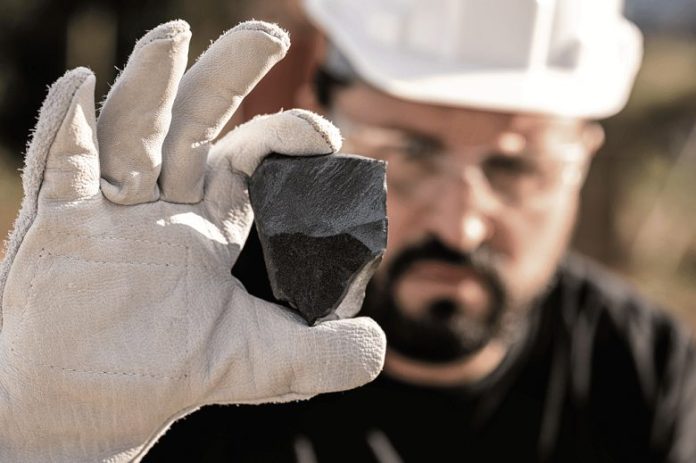While modern quarrying is a hot topic, University of Wyoming researchers and Wyoming’s state archaeologist have looked 13,000 years into the past to discover an ancient mine in the eastern part of the state.
The mine is said to have been used by humans to produce red ochre.
Found at Sunrise in Platte County, the Powars II site is the oldest documented red ochre mine – and likely the oldest known mine of any sort – in all North and South America.
Famed archaeologist George Frison began theorising on the existence of the red ochre mine in 1986, and the excavations were completed shortly before his death in 2020.
The findings appear in the paper: In situ evidence for Paleoindian hematite quarrying at the Powars II site (48PL330), Wyoming.
The paper’s lead author is Wyoming State Archaeologist Spencer Pelton, who became involved in the Powars II project in 2016 when he was a UW doctoral student.
“We have unequivocal evidence for use of this site by early Paleoindians as long as 12,840 years ago and continuing by early Americans for about 1,000 years,” Pelton said.
“It’s gratifying that we were finally able to confirm the significance of the Powars II site after decades of work by so many, including Dr. Frison, who learned of the site in the early 1980s and was involved in the research until his death.”
In a nod to his tireless work in the years before and during the project, Frison is listed as a co-author of the new paper.
Other contributors were George Zeimens, executive director of the Sunrise Historic and Prehistoric Preservation Society; Erin Kelley, a UW graduate and Office of the Wyoming State Archaeologist staff member; and UW Ph.D. students Sarah Allaun, Alexander Craib, Chase Mahan and Charles Koenig.
Red ochre, also known as hematite, fulfilled a wide range of functions in Paleoindian societies, including as a pigment in rituals.
It has been found at ancient graves, caches, campsites and kill sites in the Great Plains, the Rocky Mountains and beyond.
Among the artifacts previously discovered at the Powars II site are Clovis points- believed to be from the first inhabitants of North America – along with other projectile points, tools, and shell beads.
The 2017-2020 excavation led by Pelton yielded several thousand more Paleoindian artifacts, along with many well-preserved animal bones and antlers.
The animal bones and antlers were used to extract the red ochre in the quarry during its use.
The projectile points come from numerous locations in the region, including from as far away as the Edwards Plateau in Texas. That makes it likely that red ochre found at archaeological sites throughout the American midcontinent came from the Powars II quarry.
“Beyond its status as a quarry, the Powars II artifact assemblage is itself one of the densest and most diverse of any thus far discovered in the early Paleoindian record of the Americas,” Pelton said.
“The site contains over 30 chipped stone tools per square meter, some of the oldest canid remains from an American archaeological site and rare or unique artifacts, among other distinctions.”
The researchers say the evidence discovered indicates the quarry was used in two primary periods.
During the first period (approximately 12,840 years ago), the quarry was mined for red ochre and equipment to produce and repair weapons.
After a hiatus of a century or more, the site was again used to mine red ochre, but also to deposit artifacts in the quarry pit.
“Further excavation of the estimated 800-square-meter remainder of the site will certainly reveal complexity not captured by our sample,” the researchers said.
Pelton nominated the Powars II site to the National Register of Historic Places in 2021.
Source: www.quarrymagazine.com








































